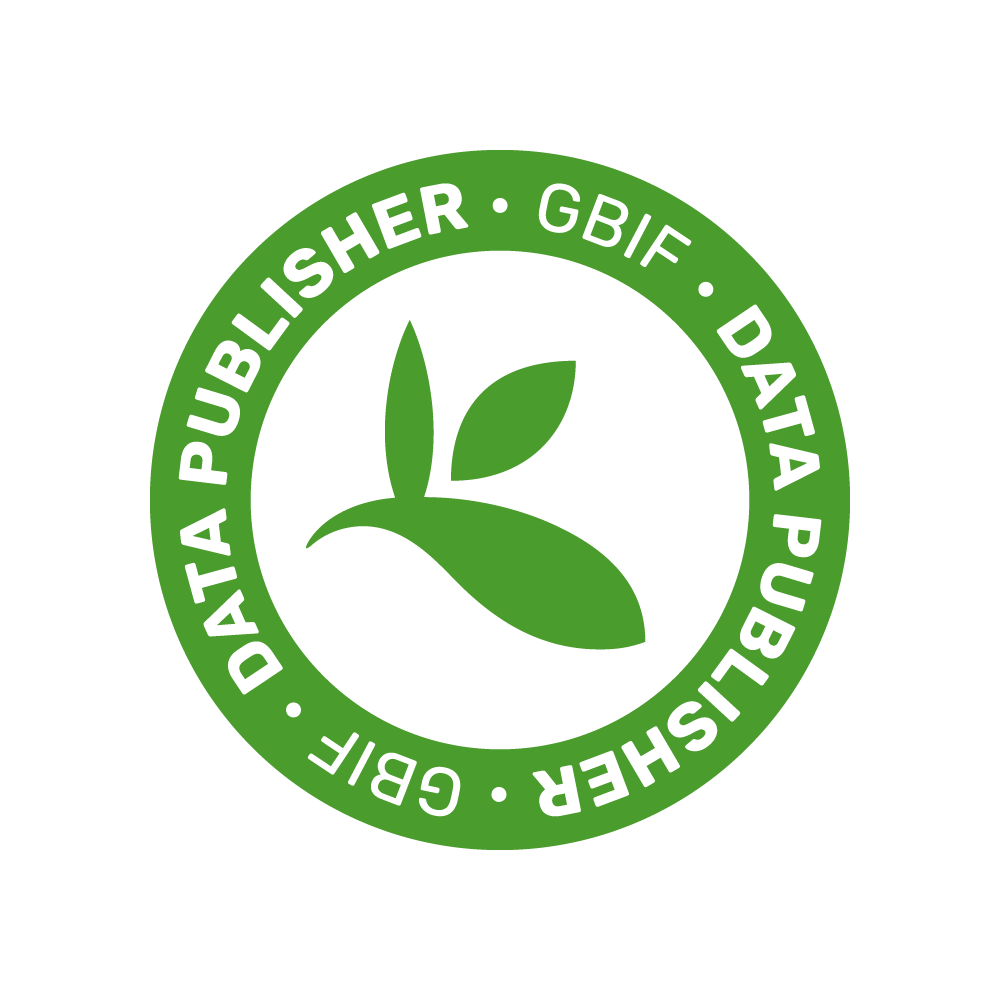|
Description
|
Notothenioids represent a large group of phylogenetically related fish that evolved in the progressively cooling Antarctic waters and show remarkable biochemical and physiological modifications compared to temperate teleosts. Oxygen transport is one of the major physiological processes that underwent extraordinary changes in notothenioids, reaching the extreme of complete loss of hemoglobin in the “white-blooded” icefish. While notothenioids are mostly endemic to the Southern Ocean, a few species have secondarily migrated to sub-Antarctic waters, returning to environmental conditions similar to those experienced by marine fish living in a temperate environment as their ancestors. The main objective of the project is to produce an unprecedented set of whole-transcriptome sequence data across notothenioid species as well different physiological/ecological conditions. Results will be used in a comparative approach to investigate the role of gene expression and protein-coding gene evolution in the adaptation of notothenioids to the Antarctic marine environment. To this end, the project combines genomics with comparative transcriptomics targeting key notothenioid species, which are most diverse in terms of evolutionary history (temperate/sub-Antarctic outgroups), geographic distribution (high Antarctic vs secondarily sub-Antarctic), and physiological/ecological features (red-blooded vs hemoglobinless). The project will gather a highly multidisciplinary team of scientists who will integrate cutting-edge genomics, bioinformatics, and statistics with in-depth knowledge of fish physiology, mitochondrial biology, and Antarctic biology toward a comprehensive analysis on the evolution of Antarctic fish and their response to changing environmental conditions. Collaborations with several international research groups will be established or continued to ensure optimal sampling and data interpretation. Strong links also exist with other project proposals in the current call, allowing further integration and synergy. |




